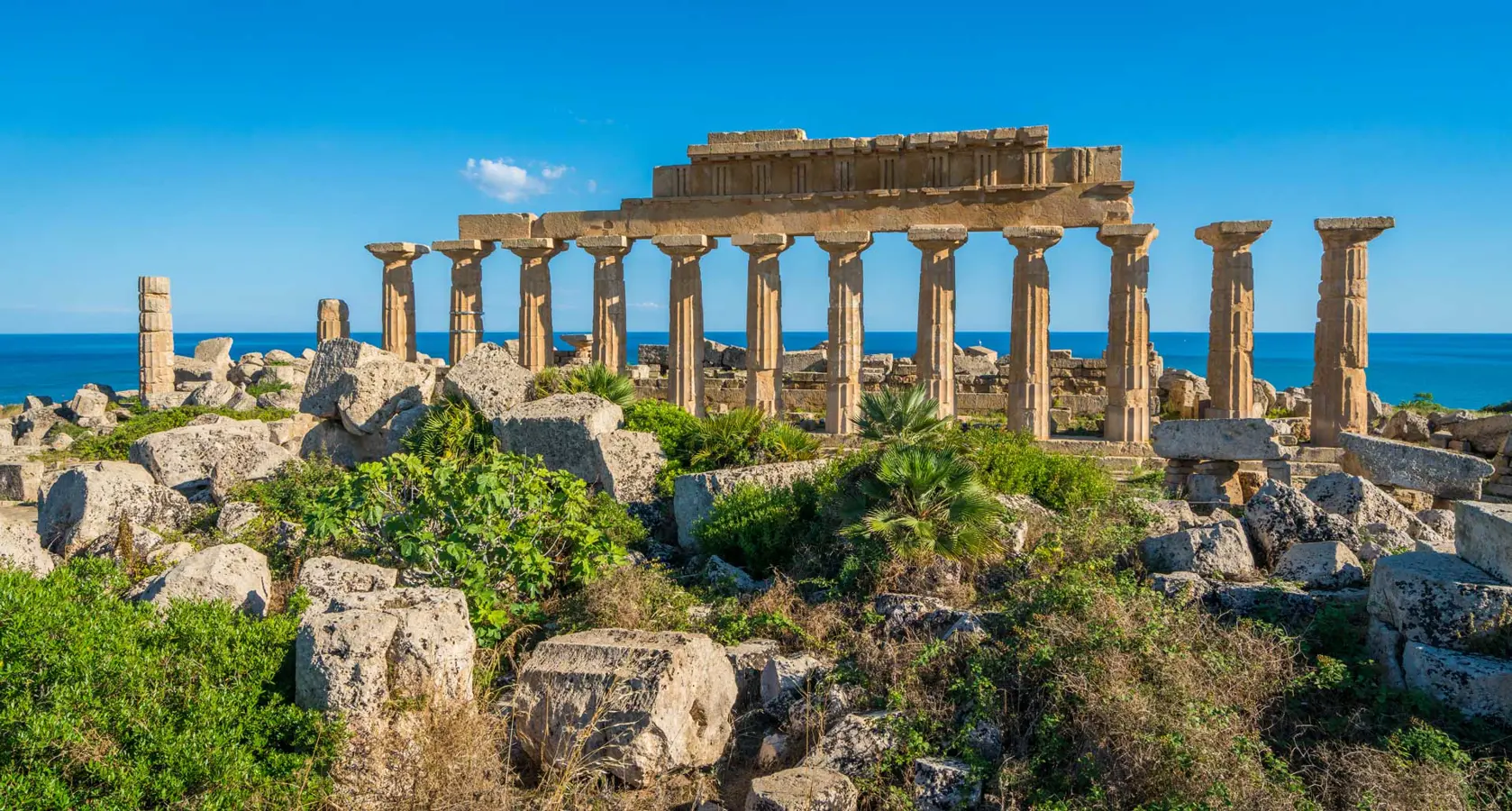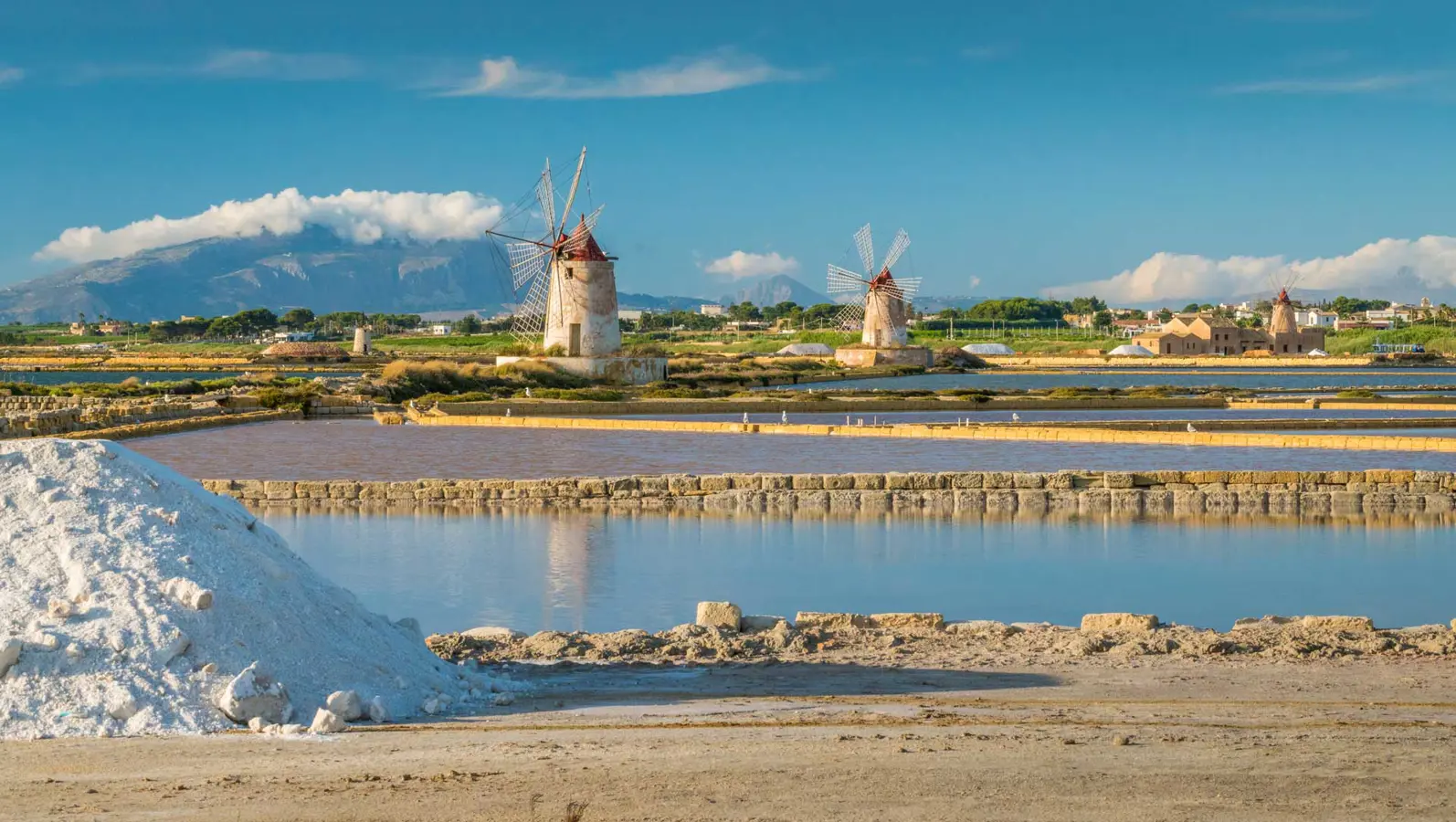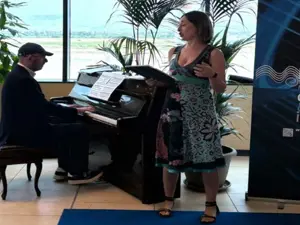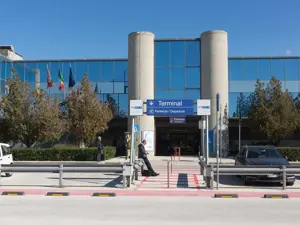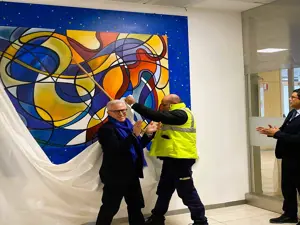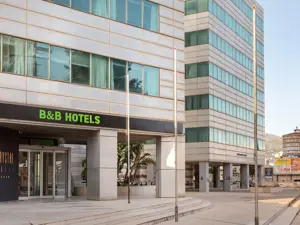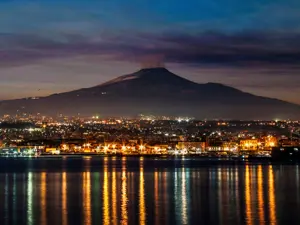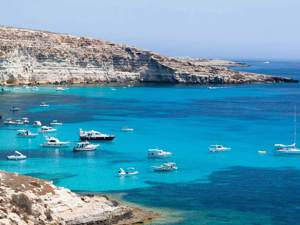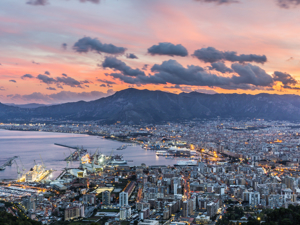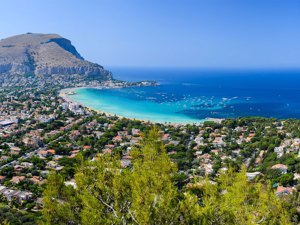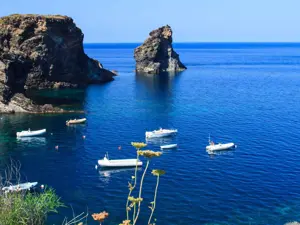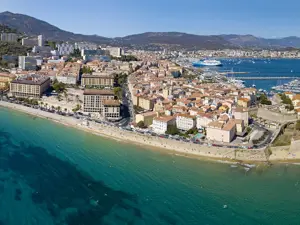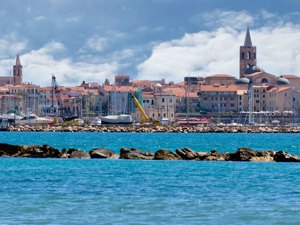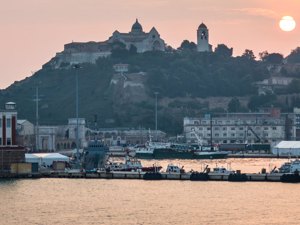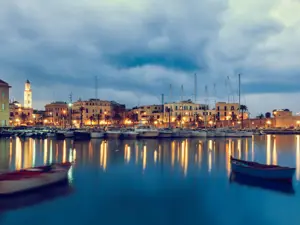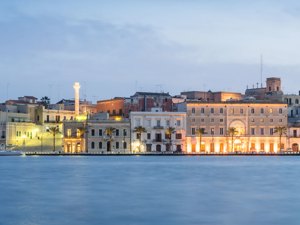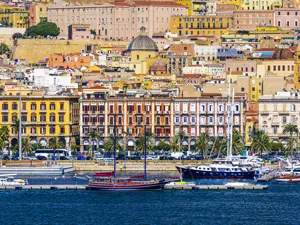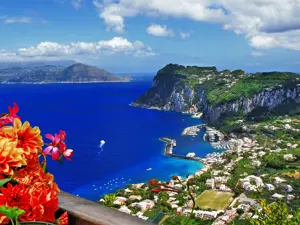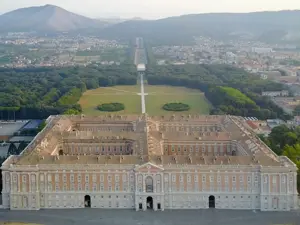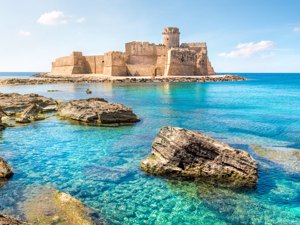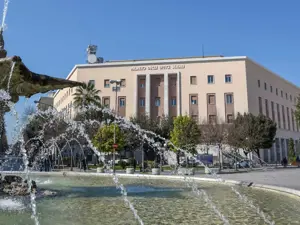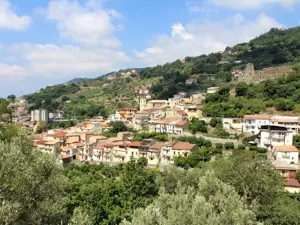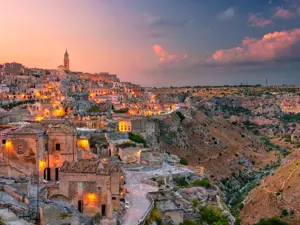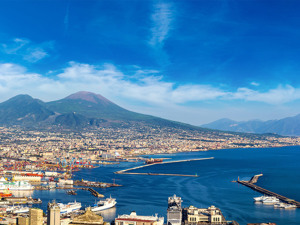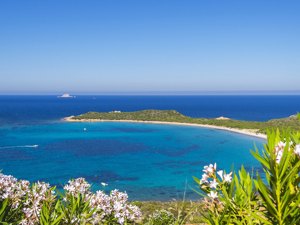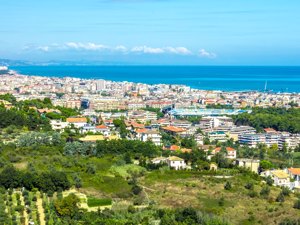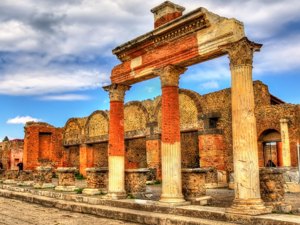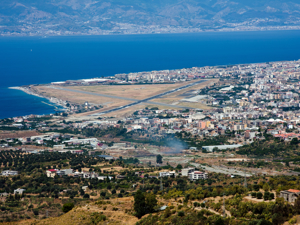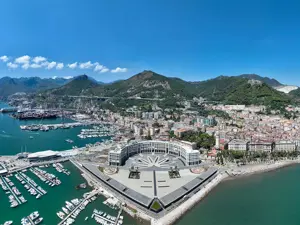Over the centuries the city of Trapani has undergone numerous transformations but still retains its characteristic sickle shape. At its tip stands the Ligny Tower, built in 1671 and today the site of the Museum of Prehistory.
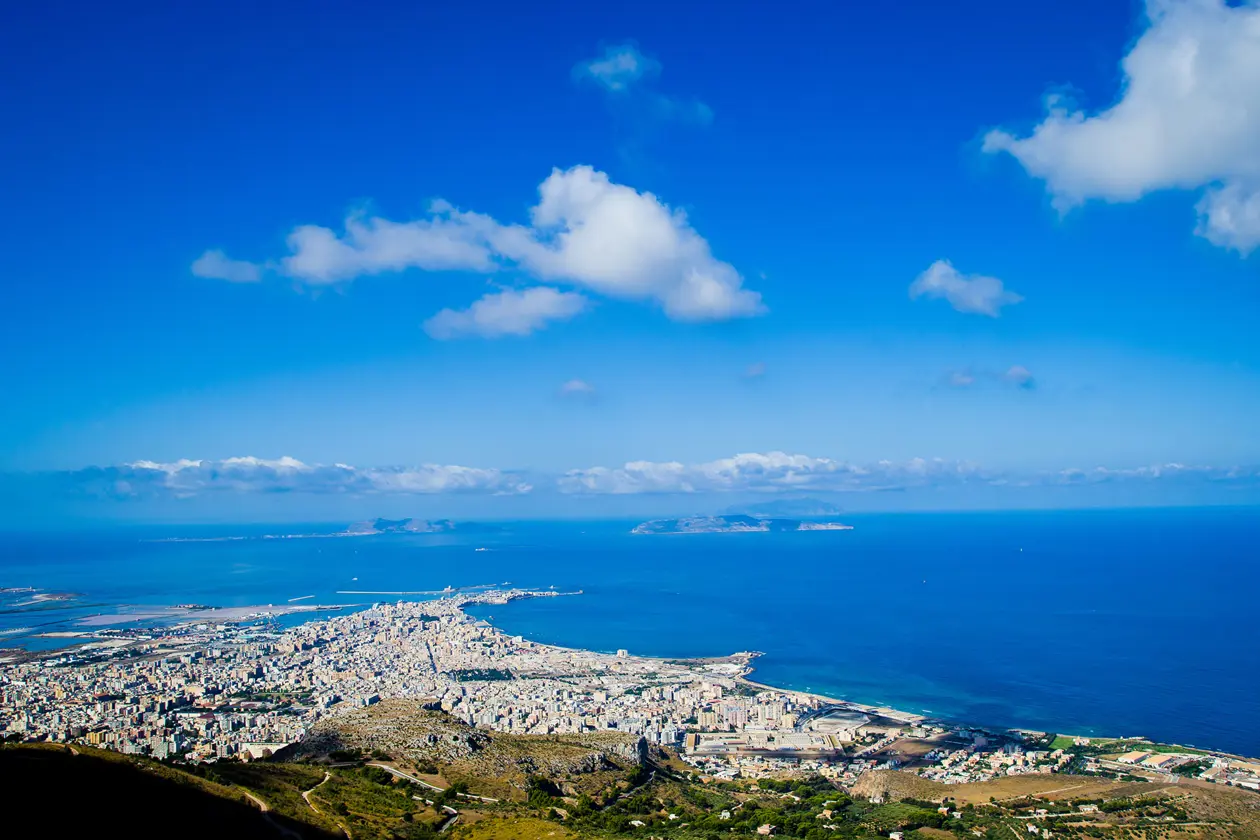
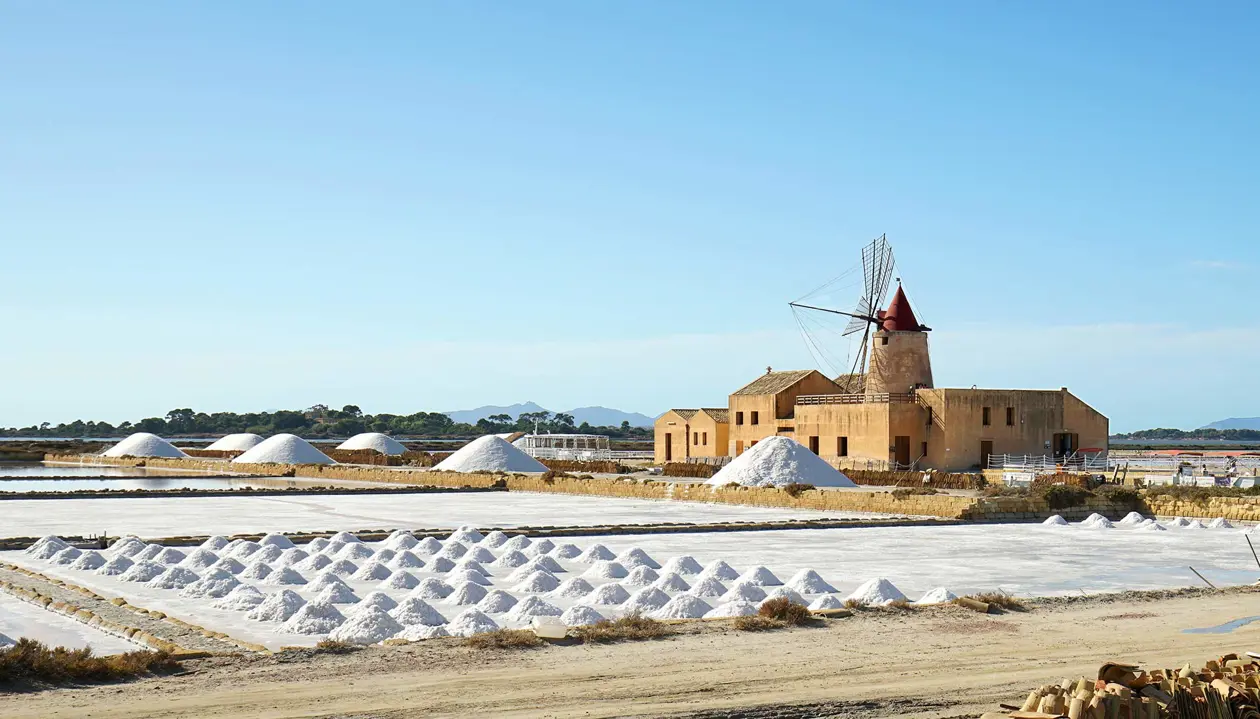
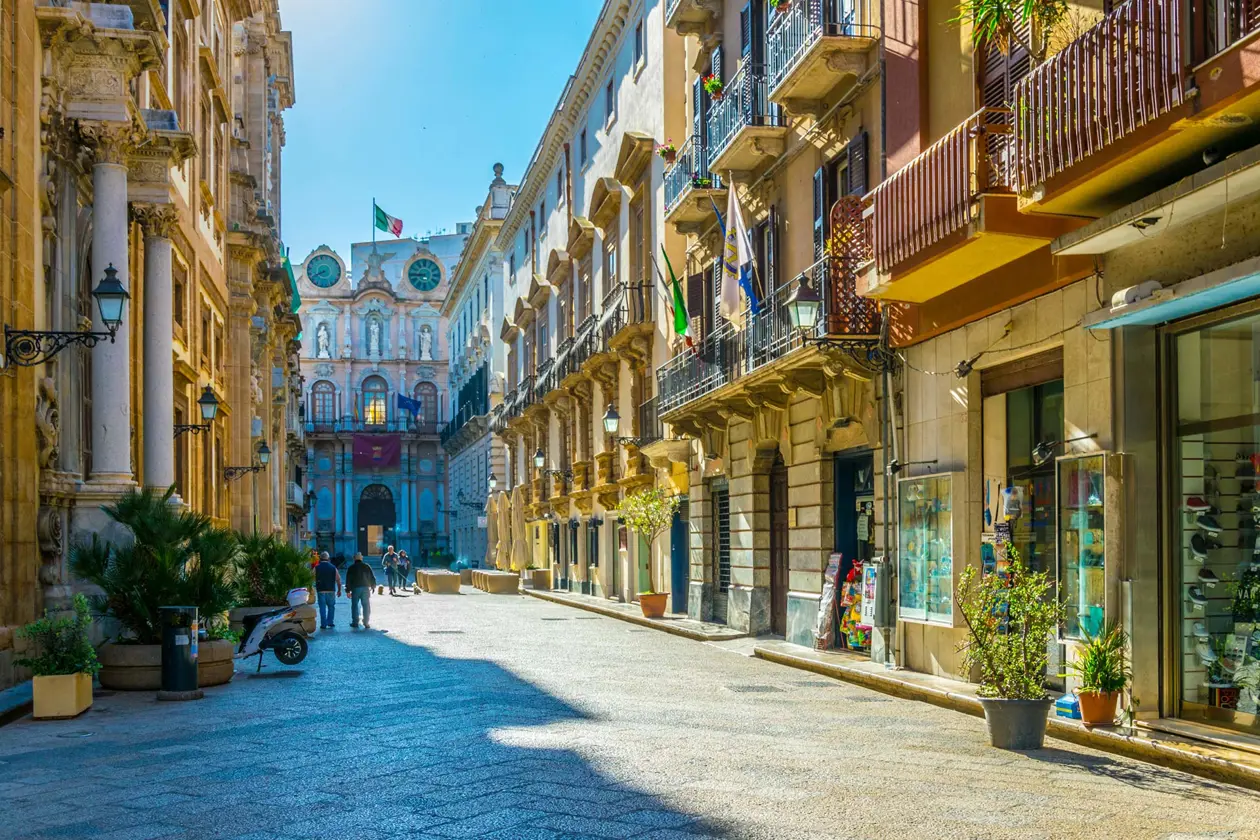



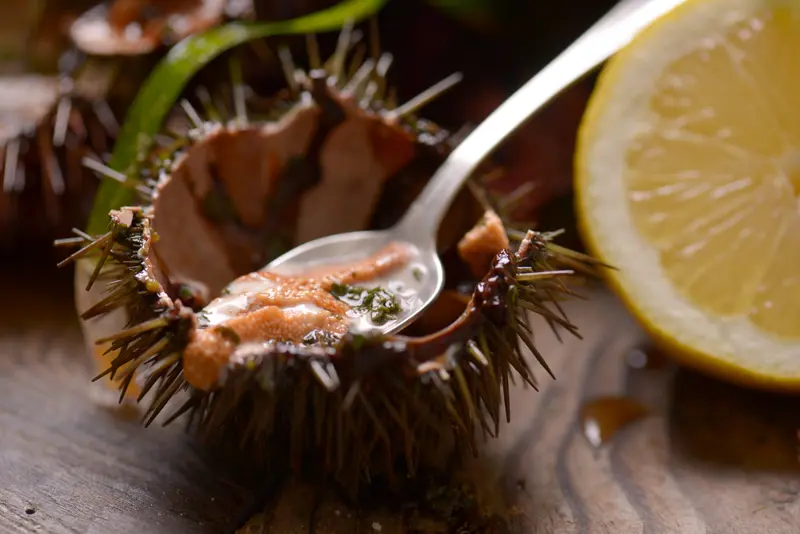
www.comune.trapani.it
www.distrettosiciliaoccidentale.it
www.turismo.trapani.it
Partnership with Booking.com
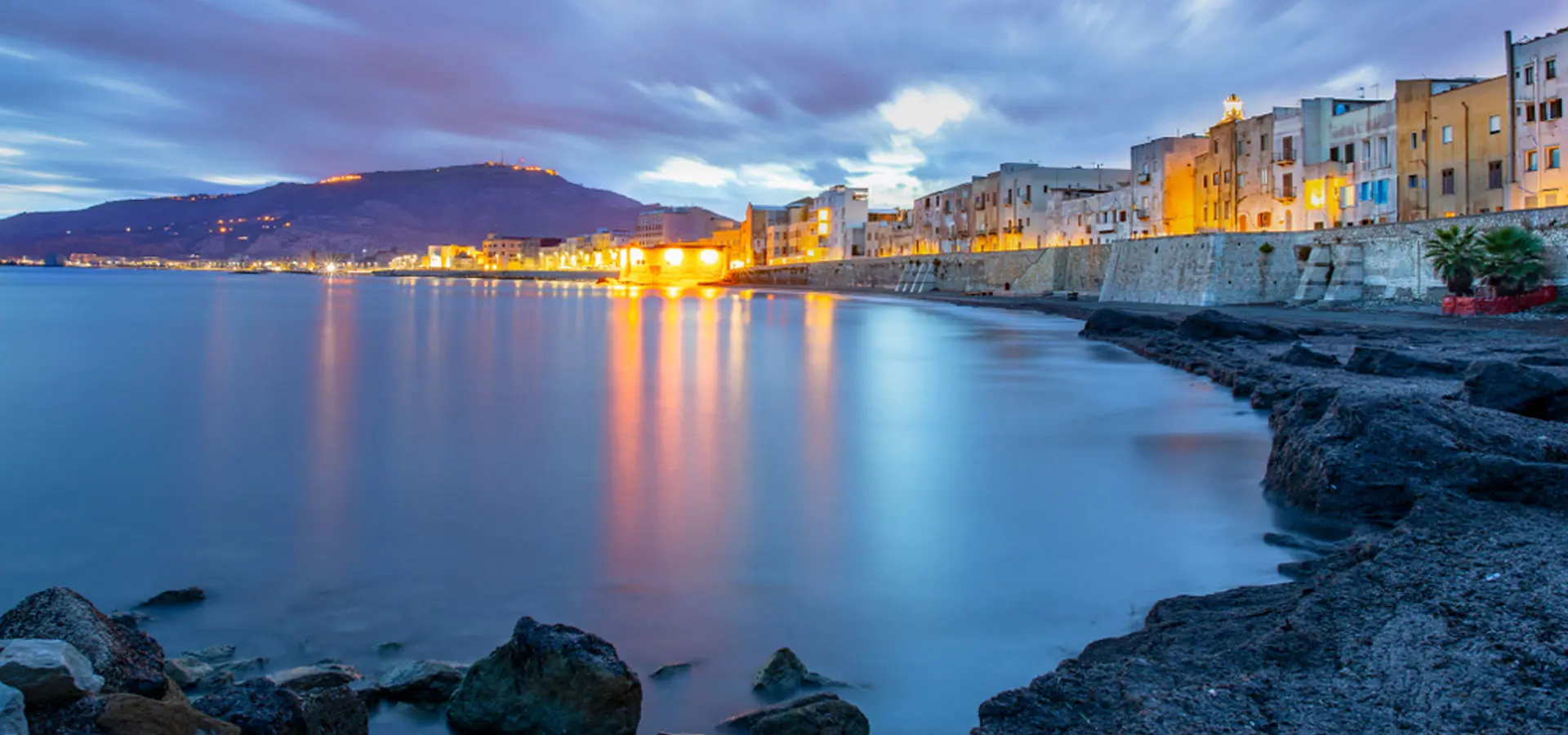
Trapani is a welcoming city and offers different possibilities for accommodation.
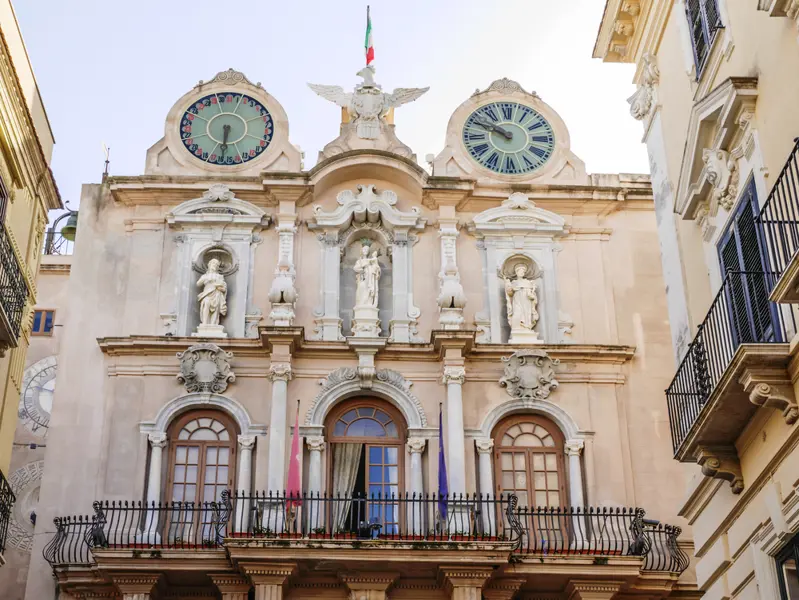
Don Giacomo Cavarretta, a Hierosolymitan knight, commissioned the project of building the Senate Palace to the architect Andrea Palma, which began in 1672. The Palazzo, which over time has undergone several modifications is structured on three orders. Rises up in the place where the ancient Loggia dei Pisani was located. This is the origin of the name Loggia (lodge) which is still given to the area by the people of Trapani. Palazzo Cavarretta became the Senate House of Trapani, and today it houses the Municipality Building.
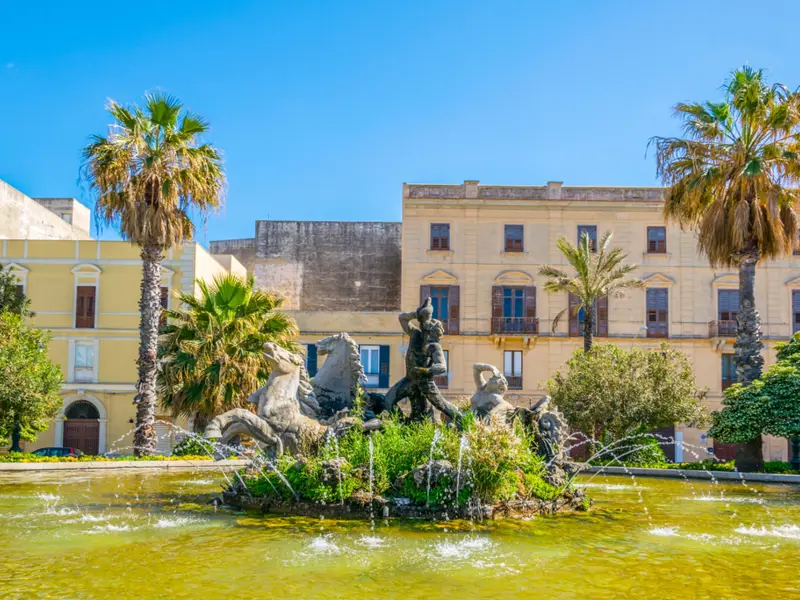
In the centre of Trapani, separates the old town from the town’s most recent constructions. The Piazza is characterised by the statue of Vittorio Emanuele II, built in 1882 by Giovanni Dupre’ from Siena. The Fontana del Tritone is in front of the Piazza and was built in 1890 in memory of the construction of the “Dammusi” aqueduct. The bronze monument of Tritone, built in 1951 by the master Domenico Li Muli from Trapani, is at the centre of the fountain.
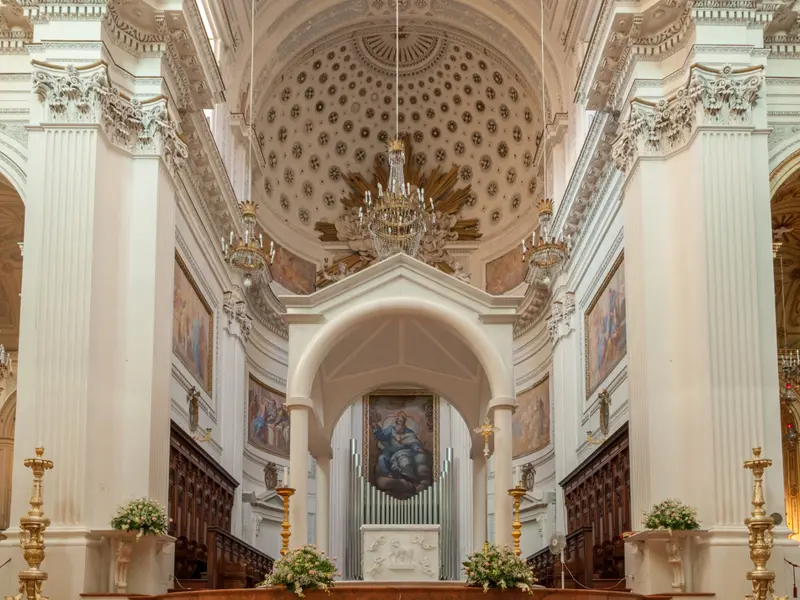
Dating back to the XIV century, the Cathedral of San Lorenzo was erected in 1421 by Alfonso the Magnanimous. It has undergone several modifications over the centuries. In 1639 it was restructured under the project of the architect Brother Bonaventura Certo while merging the building that housed the Consulate of Genova. From 1748 it took on its current look designed by the architect G.B. Amico who built the side chapels, the choir, the dome, the bell tower and the façade.
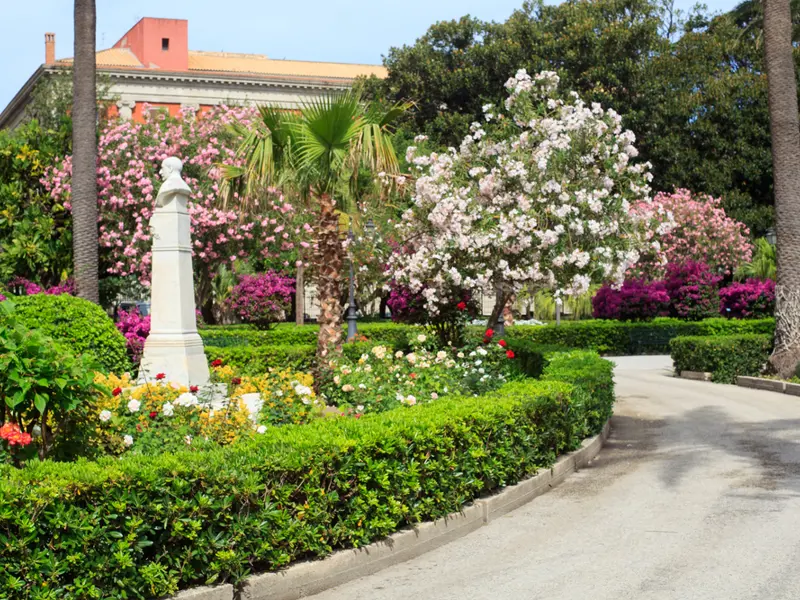
The origins of the Villa Margherita date back to the years immediatly following the unification on Italy and was opened to the public between 1889 and 1890, and was dedicated to the Queen Margherita of Savoy, the first Queen of Italy. The rectangular garden has a surface of 21.000 square meters. The open-air theatre is the most enchanting place in the garden where every year since then various operas have been performed here featuring artists of international fame.
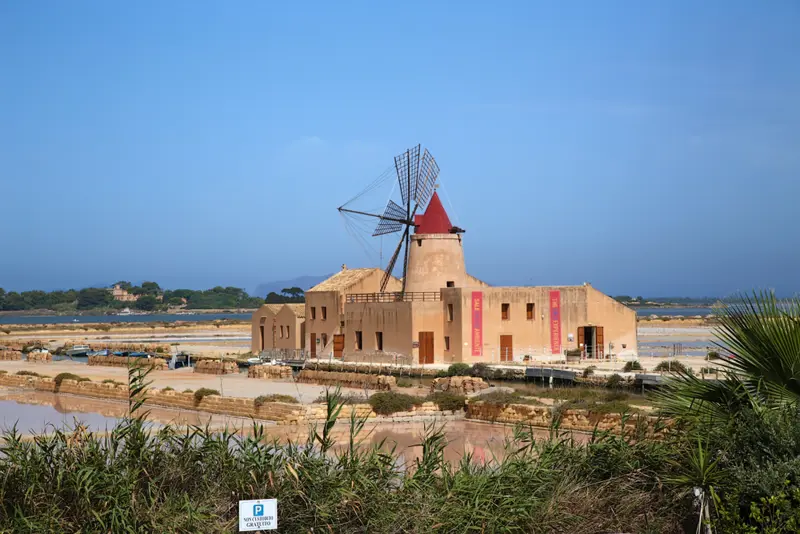
Thanks to a guided tour, guests at the museum through the various stages and events of a story that spans centuries and centuries. Is possible discover the harmony of the Trapani area that combines sea and land, comprising a great cultural value of salt. Than can go directly to the surrounding salt marshes between the channels, that divide the different saline.

Located at the end-point of the town, the “Torre” (Ligny Tower) was built in 1671 by the Viceroy Claudio La Moraldo, the prince of Ligny who presumably entrusted the task to Carlos De Grunemberg. It has a quadrangle shape and is built out of stone and tufa. The main façade faces the town and is characterised by a small entrance door, a low-arched window surmounted by three crests, a plaque and a balcony. It now houses the Prehistory and Proto-History Museum of Trapani.
The Museum, located in the convent of the Carmelite Fathers, includes collections of artifacts in coral, gold, silver, ceramic and sculpture nativity of the seventeenth and eighteenth centuries. Named its founder, Count Agostino Sieri Pepoli, also preserves important works of sculpture and painting, including a "St. James", a masterpiece by Antonello Gagini, polyptych of the early years of the VX century, and a painting attributed to Tiziano.
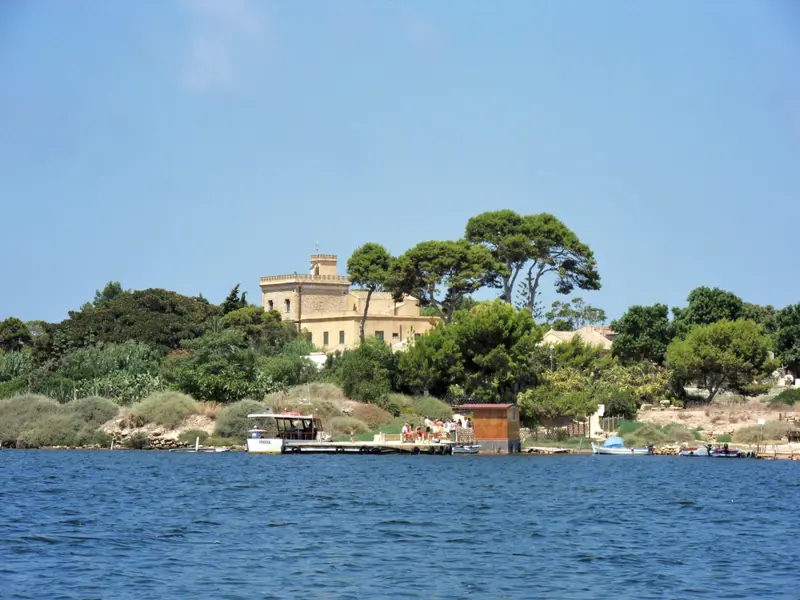
Mozia together with Isola Longa, Santa Maria and Isola Schola it forms a small archipelago in the Stagnone, the largest lagoon in Sicily and one of the most notable humid zones in Europe. Mozia became a strategic site owing to its vicinity to powerful Carthage. Its foundation dates back to the 8th century B.C. and its history was revealed thanks to Giuseppe Whitaker who organized the first excavation campaign in 1875. The Villa Whitaker became a museum with the most remarkable archaeological.
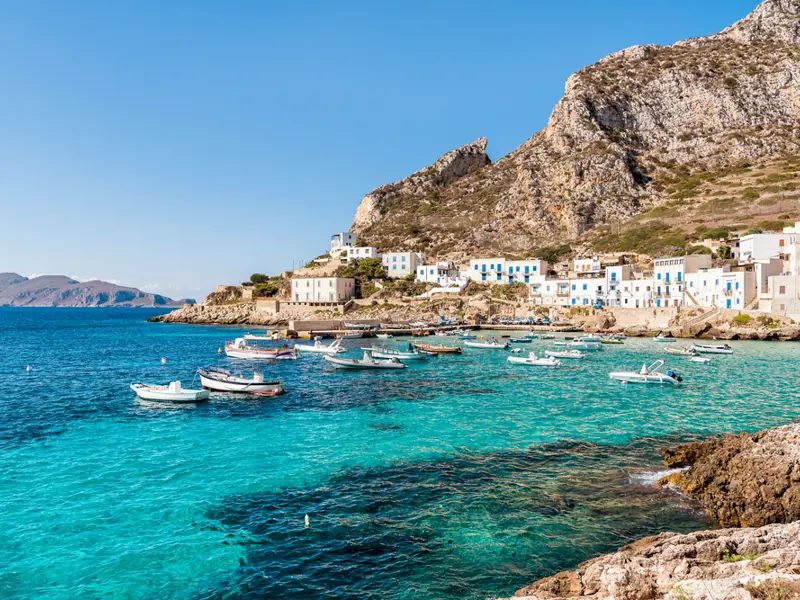
Favignana, Levanzo and Marettimo are just off the coast of Trapani, we can reach them in just a few minutes and one there we are surrounded by a wild and unspoiled environment fo impressive beauty. Mount Santa Caterina dominates the island of Favignana; the visitor is impressed by the majestic Tonnara Florio a fine example of old industrial building and by the elegance and gentleness of the Art Nouveau Palazzo Florio. Levanzo is famous for its numerous archaeological testimonies. In Marettimo, the remotest and wildest of the three we can visit its marvellous caves.
